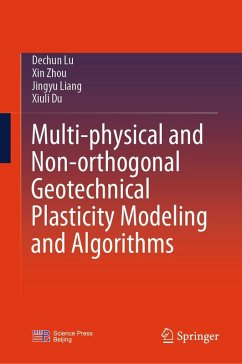
Structural Plasticity
Theory, Problems, and CAE Software
Versandkostenfrei!
Versandfertig in 6-10 Tagen
53,99 €
inkl. MwSt.

PAYBACK Punkte
27 °P sammeln!
This book is designed for use as a supplement to the textbook "Plasticity for Structural Engineers" by W.F. Chen and D.J. Han (Springer-Verlag, 1988) or other plasticity texts. The purpose is to help students and structural engineers learn and practice how to solve typical engineering plasticity problems in general and, more importantly, how to use computers to solve plasticity problems in structural engineering in particular. To this end, specific numerical algorithms in the computer software implementation of the theory together with actual code development are given. A number of solved and ...
This book is designed for use as a supplement to the textbook "Plasticity for Structural Engineers" by W.F. Chen and D.J. Han (Springer-Verlag, 1988) or other plasticity texts. The purpose is to help students and structural engineers learn and practice how to solve typical engineering plasticity problems in general and, more importantly, how to use computers to solve plasticity problems in structural engineering in particular. To this end, specific numerical algorithms in the computer software implementation of the theory together with actual code development are given. A number of solved and supplementary problems are provided, as well as two computer-aided-education (CAE) programs, to enhance the students' understanding of these subjects.














